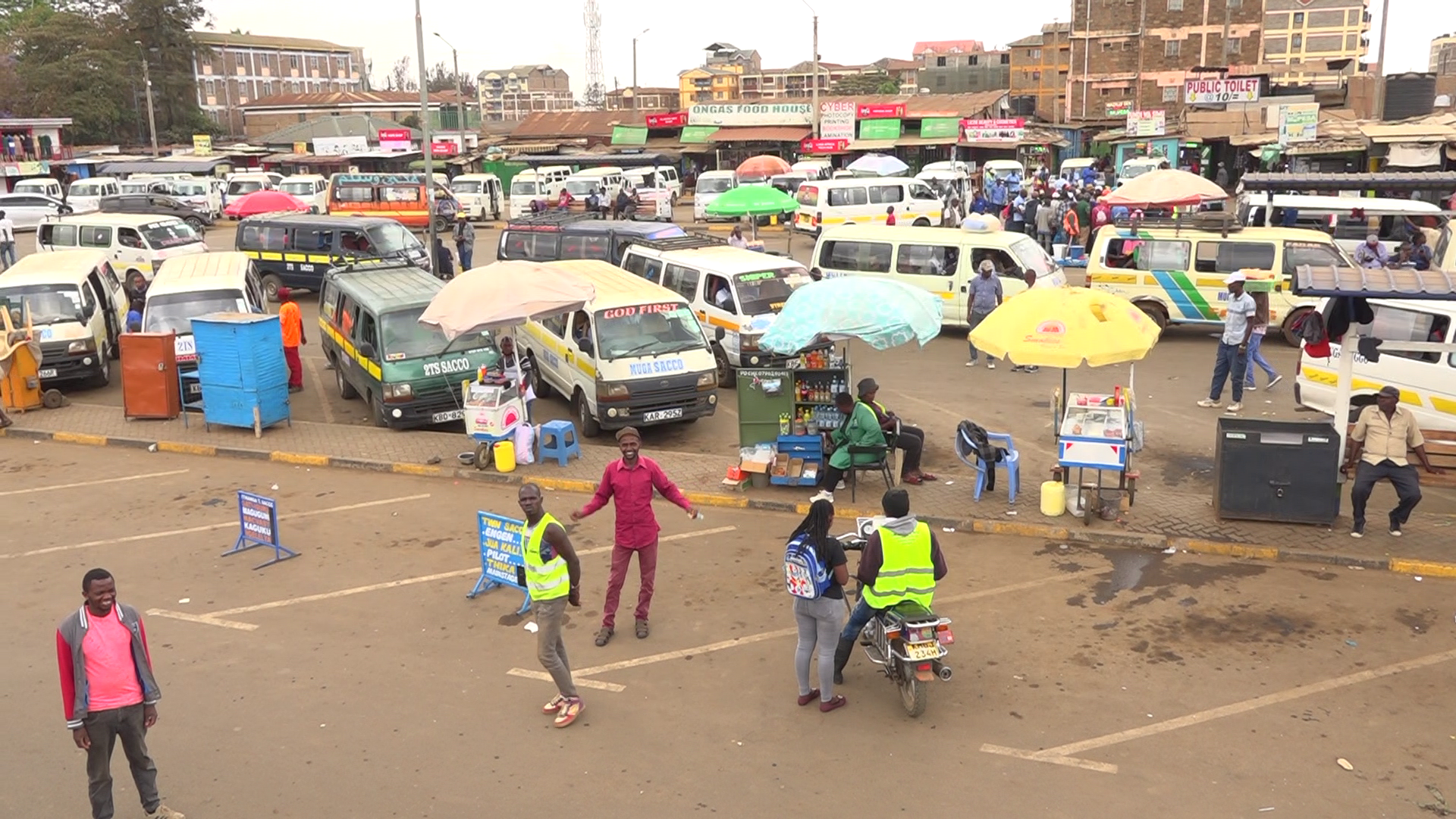By Azael Masese
Kenya’s saving rate might decline due to skyrocketing inflation, raising fears on the country’s ability to raise the necessary capital for investment.
The cooperative sector and Savings and Credit Cooperative Societies (Saccos) in particular stand to be the biggest losers.
As Kenya marked the 100th Ushirika Day on 2nd July 2022, it was praised for topping the African charts in the cooperative movement and ranking 7th globally.
According to the Cooperative Commissioner David Obonyo, the cooperative sector contributes about 31 per cent of Kenya’s national savings.
Saving is a critical cog of the cooperative movement and the Saccos in particular, whose core mandate is to mobilize savings.
However, high inflation rate is squeezing Kenyans’ pockets, with fears of a global recession further dampening growth prospects.
Kenya’s gross saving rate as a percentage of the Gross Domestic Product (GDP), according to a 2020 World Bank report, stands at 15 per cent. Uganda and Tanzania stand at 22 per cent and 34 per cent respectively.
Kenya lags behind Africa’s average saving rate of 17 per cent and this is compounded with a current sluggish outlook.
Past reports have established a correlation between the saving culture and faster growth prospects.
China for example has a 45 per cent rate of the savings to its Gross Domestic Product. Consequently, its high growth rates are attributable to the high saving rates.
Cosmopolitan Sacco Board Chair John Muigai cited the harsh economic times facing Kenyans as the cause for the low saving rates.
“Kenyans, compared to other East African Countries, are paying through their noses for essential commodities and sparing very little for saving,” he said.
Muigai highlighted the comparative fuel prices between Tanzania and Kenya as enough case study resulting to the country’s poor savings.
In the past, there have been cases of Kenyan motorists living near the two borders, notably Isebania, flocking to neighbouring Tanzania for fuel, which is considered cheaper.
“The poor saving culture is brought about poor economy, forcing many to go into mobile loans,” he regretted.
Wanandege Sacco CEO Joanne Cheruto concurs on the high cost of living eating into Kenyan’s pockets hence eroding their power to save.
“Majority of Kenyans are economically subdued due to the high cost of living making it hard for them to save,” she said.
However, she said wrong perception on savings especially with Saccos could be hurting the culture.
Cheruto noted that there are those who could be discouraged from saving since they are fed with the wrong information.
With the harsh economic realities knocking on Kenyans’ doors, Cheruto feared that the saving rate could decline.
“With the hard economic times, Kenyans will be hard pressed to spare a few coins as savings,” she said.
On mobile borrowing, Cheruto said that the situation where Kenyans can fail to repay is sending the wrong message on the need of saving.
“There are those who borrow from the mobile loans but fail to repay and this is sending the wrong message on saving,” she said.
It is common for Kenyans to use one sim card to borrow and discard it.
Though the high cost of living is a contributing factor to Kenya’s poor saving rate, Smartlife Sacco CEO Haron Biwott critiques Kenya’s unique consumer behavior.
“A good number of Kenyans spend whatever they have on luxurious lifestyle and not on the basic things,” he said, adding that Kenyans borrow money to spend on secondary items and any idea of delayed gratification takes a back seat.
“Even when Saccos encourage to save and borrow three or four times their savings, they cringe,” he regretted.
He revealed that the members opt to instead approach commercial banks with their pay slips for immediate cash to satisfy their financial needs.
“Even if we educate them on the advantages of saving and taking credit with our cheaper interest rates, they are disinterested,” Biwott said.
A study by the University of Nairobi titled ‘Gender and household savings behavior in Kenya’ offers insightful peek into the country’s saving rate.
“Low savings in an economy means unfavorable growth of the economy, poor job creation and inferior overall living standards relative to nations with a better savings performance,” it observes.
It revealed that household heads within the age bracket of 45-65 years had the highest (65.6 percent) saving rate of 0.00-0.20 percent and the least (9.4 percent) saving rate of 0.041-0.60.
The study recommends that low income earning households should be sensitized on the importance of savings.



